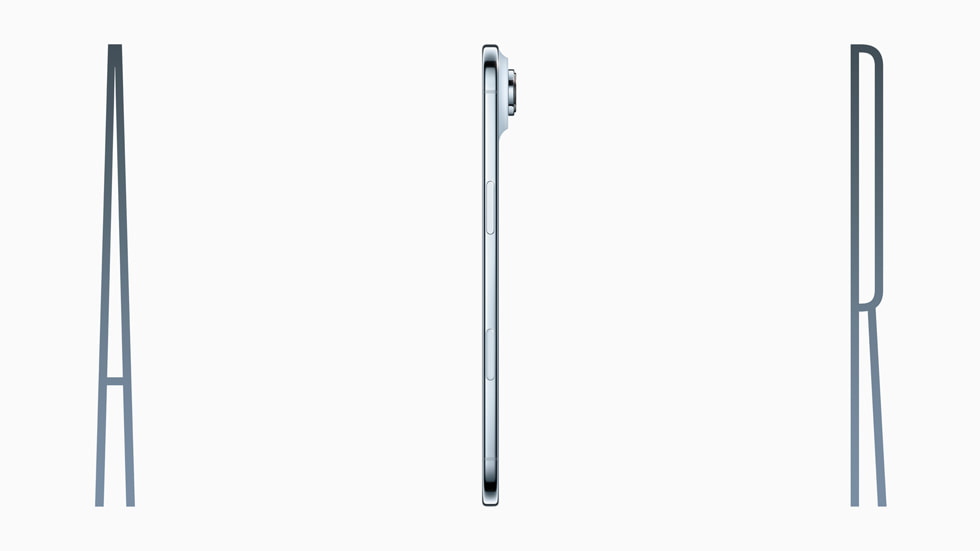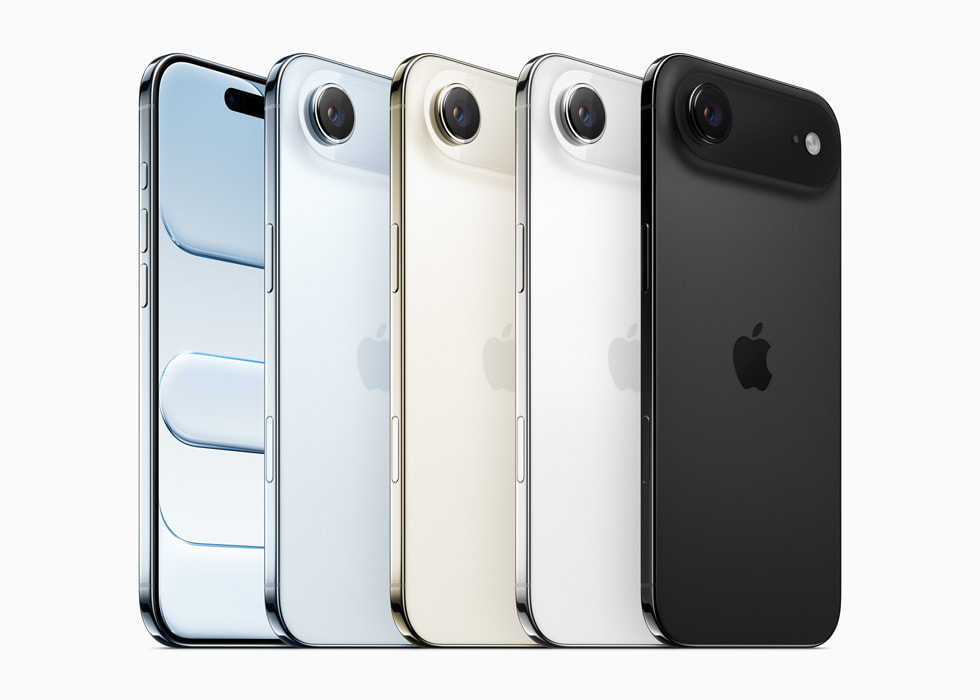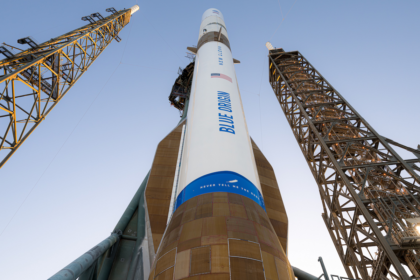Apple’s newly unveiled iPhone Air represents more than just another smartphone variant, it serves as a blueprint for the company’s future hardware ambitions, potentially including foldable devices.
A Thin Profile with Trade-offs
The iPhone Air showcases an impressively slim 5.6mm profile paired with a 6.5-inch screen, marking Apple’s continued pursuit of ultra-thin design. However, this sleek form factor comes with notable compromises that may give consumers pause.
Battery performance takes a hit, delivering only 27 hours of usage compared to the standard iPhone 17’s 30-hour capacity. The device also sacrifices camera versatility by eliminating the ultrawide lens and macro photography capabilities found in the base model. These limitations become more significant when considering the Air’s premium $999 price tag, a 22% markup over the $799 iPhone 17, and just $100 shy of the feature-rich iPhone 17 Pro.
Strategic Design Philosophy
Apple’s motivation for creating the Air extends beyond aesthetics. The device serves as a testing ground for the company’s proprietary technology integration, featuring the highest concentration of Apple-designed components in any iPhone to date. This includes the A19 Pro processor with five-core GPU, the N1 wireless networking chip, and the revolutionary C1X cellular modem, which delivers superior speed while consuming 30% less power than previous generations.
By developing hardware around its own silicon, Apple gains valuable insights into optimizing performance and addressing fundamental challenges like battery efficiency, particularly crucial as devices handle increasingly demanding tasks in photography, video, and artificial intelligence.
Efficiency as Core Innovation
Apple’s marketing materials emphasize efficiency repeatedly, highlighting the Air as their most power-efficient iPhone. This focus stems from strategic design decisions including the new modem technology, reimagined camera housing to maximize battery space, restructured internal components, and iOS 26’s adaptive power management features.
To address the Air’s battery limitations, Apple takes an unconventional approach by actively promoting the use of MagSafe battery attachments, suggesting users keep them connected throughout the day for optimal performance.

Related: Apple Introduces the iPhone Air: A New Ultra-Slim Smartphone.
Design Language Evolution
The Air’s influence already appears across Apple’s product line. Its introduction of Ceramic Shield 2 on the device’s rear panel carries over to the iPhone 17 Pro, while the horizontal camera bar design, reminiscent of Google’s Pixel approach, has inspired similar layouts in Pro models.
Future Form Factor Foundation
The insights gained from the Air and subsequent iterations will likely inform Apple’s broader iPhone ecosystem and could facilitate the development of new form factors, including the long-rumored foldable iPhone. Industry observers suggest the Air might eventually replace the standard iPhone as the base model, creating space in the lineup for innovative designs like foldable devices.
Rather than viewing the iPhone Air as a fully-realized product, consumers should consider it a glimpse into Apple’s design trajectory, one that prioritizes efficiency, custom silicon integration, and the groundwork for transformative form factors that could reshape the smartphone landscape.






